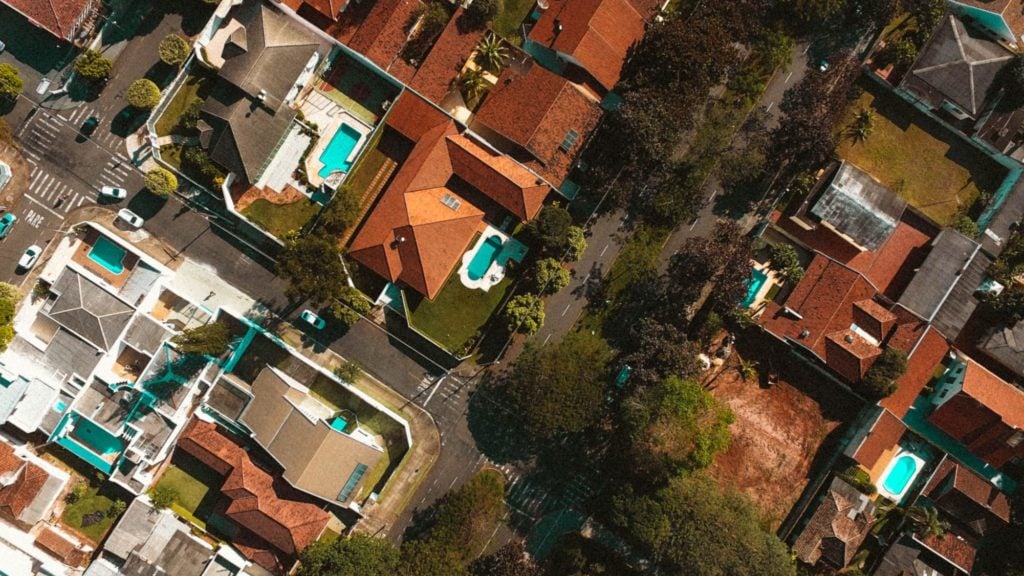Transitioning into multifamily properties from single-family homes can change an investor's life.
The cash flow opportunities are significant, and some types of multifamily residential properties are recession proof. But multifamily investments require a huge amount of capital up front.
So how do you profitably transition into multifamily investments, without putting yourself in a high-risk position?
Joe Fairless made his first leap from four single-family homes in Dallas, Texas, to a 168 multi-family unit investment. The only way Joe was able to make this big shift was with the support of a group of investors.
Joe was able to deduce which market would be the best option for him, and knew how to identify a value-add property. And, with the group of investors, he was able to get the capital needed for the big move—with the additional benefit of a master lease.
These three elements helped Joe successfully transition from single-family residential into multifamily investments, and he shares them in the episode of the Capital Gains podcast above.
The Key to Knowing Where to Invest
In 2015 Joe bought a 250 unit deal in Houston in the midst of an industry crash. Despite this, they did not struggle to bring investors on board, although some were perplexed by his choice of purchase.
So why did this work?
Joe chalked it up to two reasons:
- If you’re a contrarian investor you’re going to miss some and you’re going to hit some. In this case, they chose a hit. It’s been a year and the property is exceeding expectation on proforma and doing well.
- With Houston, they realized that it’s diversified enough to withstand what was happening. Although there were layoffs, those that were affected were White Collar and they had bought a Blue Collar property. The property was in a submarket of Houston that was growing more so than other areas.
When taking into account details of this nature it is easier to predict the movement of the market
in any city.
How to Identify Value-Add Properties
Joe recommends financing your first investment by using more traditional methods.
A smart way to invest is using an interest-only bridge loan for the first 24 months, renovating the property and increasing the NOI (Net Operating Income: income minus expenses) then exit the bridge loan. After exiting you would apply long-term financing then exit at year five.
This falls within the value-add strategy. Buying a property where value can be added and a good return can be made.
An example of this would be the purchase of a property where rent can be increased by $50 per unit per month based on market value. That’s a good return on the dollars you put in.
There are other ways to add value:
- Invest money per unit, spreading costs between interior and exterior by implementing a community garden and upgrading units with countertops and light fixtures etc.
- RUBS program (Ratio Utility Billing System) which, for example, charges back a portion of the water bill to the resident that is using it. A lot of apartment communities don’t have a bill back program they pay a third party which means your bottom line net income increases as a result of that relationship.
The Advantages of a Master Lease
A master lease on a property can be a complicated structure but with the right investors and the support from experienced brokers, it can work for your first investment. Although Joe himself wouldn't be quick to suggest it as a first-time option.
There can be benefits to master leases. In the scenario of Joe’s first investment, it worked because it was structured in a way that was advantageous.
Here are some of those advantages:
- They received a principal pay-down on the mortgage every month.
- When the transaction was closed the exercise option was $6.35 million. It appraised before closing for $6.7 million.
- Luck was on their side. Since purchasing the property the Cap (Capitalization) rates average has gone down. The perception now is that the risk is less, therefore, buyers are willing to pay a premium.
What is a Cap Rate? If you pay cash for a property that’s the return you’ll get. It’s an indicator of the risk vs. reward. If a property has a lower Cap rate it’s likely it’s a lower risk investment.
For example in New York, you’ll buy at a 2% Cap rate, in Cincinnati, you’ll pay an 8% Cap rate. The property is worth more but the market is less predictable and your return is less likely to be as high.
For more on how to transition into multifamily property investing, and other real estate investing advice, subscribe to the Capital Gains Podcast on Apple Podcasts.
MORE INVESTING STRATEGIES ON CAPITALISM.COM:
• This Cash Flow Investment Can Weather Economic Downturns
• The Investor’s Playbook: Real Estate Deals You Don’t Have To Worry About In A Bad Economy
• How to Get Started in Passive Real Estate Investing







